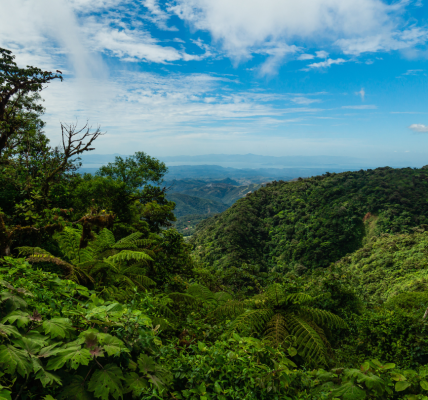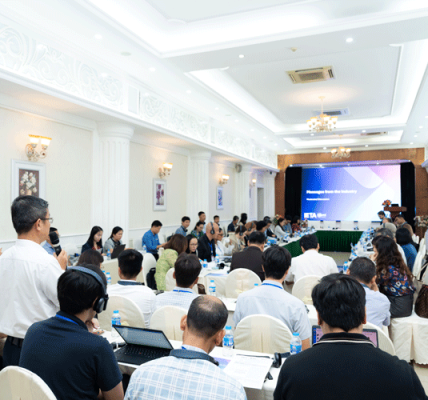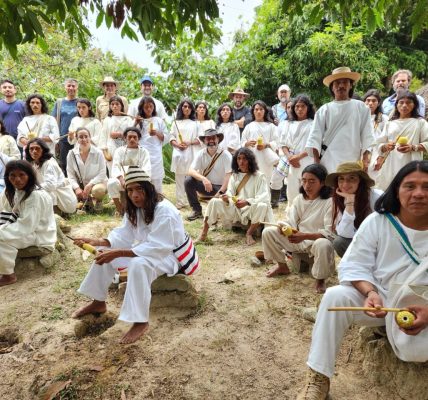Latin America facing the challenge of climate regulations: Threat or competitive advantage?
By: Alexis Leroy
New climate regulations are transforming international trade and pose a significant challenge for Latin America. Regulations such as the European Union’s Border Carbon Adjustment Mechanism (CBAM) and the European Union Deforestation Regulation (EUDR), along with similar initiatives in the United States and the United Kingdom, require greater environmental commitments from exporting countries. In a region where the economy is heavily dependent on agriculture, mining, and industry, these measures could result in trade barriers, increased costs, and reduced competitiveness.
However, with an appropriate strategy based on the Paris Agreement’s Nationally Determined Contributions (NDCs), these regulations could become an opportunity to access climate finance and strengthen the region’s position in international markets.
CBAM and the challenge of carbon pricing
The CBAM imposes a carbon cost on products such as steel, cement and fertilizers, obliging exporters to pay a tax if their country does not have an equivalent carbon pricing mechanism. Although the European Union claims that this measure seeks to avoid “carbon leakage”, in practice it could negatively affect Latin American industries that do not yet have clear decarbonization strategies.
To mitigate this impact, the countries of the region can adopt various solutions. The implementation of carbon taxes or emissions trading systems (ETS) would help align their economies with the CBAM. In addition, they could take advantage of Article 6 of the Paris Agreement to develop carbon offset projects and channel financing towards more sustainable manufacturing processes.
Some countries have already taken steps in this direction. Chile and Colombia have established carbon taxes, putting them in a better position to address the CBAM. On the other hand, Brazil and Argentina could face additional costs if they do not implement similar policies. Mexico, for its part, has had a carbon tax in place since 2014 and has developed a pilot carbon market, which could facilitate its adaptation to these regulations.
A regional strategy could include negotiating with the EU for the recognition of high-quality carbon credits and the transition to renewable energy as CBAM compliance mechanisms.
Deforestation Regulation and the Future of Agriculture
The EUDR imposes import restrictions on agricultural products such as soybeans, meat, and coffee, requiring proof of deforestation-free origin. In Latin America, where many exports come from small producers with limited resources, this regulation represents a significant challenge.
To address this challenge, it is key to integrate zero deforestation commitments into NDCs and strengthen agricultural traceability and certification systems to verify the sustainable origin of products. Facilitating access to finance through climate funds is also crucial to support smallholders in the transition to sustainable practices.
Some countries have already moved in this direction. Brazil’s Low Carbon Agriculture Plan and Costa Rica’s Payments for Environmental Services are examples of how sustainability can be combined with productivity. In Mexico, initiatives such as coffee certification under sustainability standards have enabled producers to access European markets with greater added value.
In addition, Latin America has the opportunity to develop national certification programs aligned with EU and U.S. standards, allowing it to differentiate itself as a leader in sustainable agriculture.
Climate finance: key to competitiveness
NDCs can become a key tool for attracting investment and complying with climate regulations. To this end, it is essential to access international funds such as the Green Climate Fund and the World Bank, enabling sustainable projects to be financed.
Another effective strategy is the implementation of a mixed financing model that combines public and private resources to facilitate the transition to a more sustainable economy. In addition, negotiating trade incentives linked to climate targets could generate economic opportunities and strengthen the region’s competitiveness in the global marketplace.
A clear example of how climate action can drive economic development is the Norwegian and German-funded Amazon conservation efforts. This effort not only protects biodiversity but also improves the region’s trade position.
Climate diplomacy and regional cooperation
To mitigate the disproportionate impacts of regulations such as CBAM and EUDR, Latin America must strengthen its presence in global climate diplomacy and foster effective regional cooperation. One model to follow is the strategy of South Korea and Japan, which have worked together to minimize the trade effects of these regulations and promote more sustainable industries.
If the region adopts a proactive and well-structured strategy, it can position itself as a leader in sustainable trade and ensure economic growth aligned with international climate commitments.





